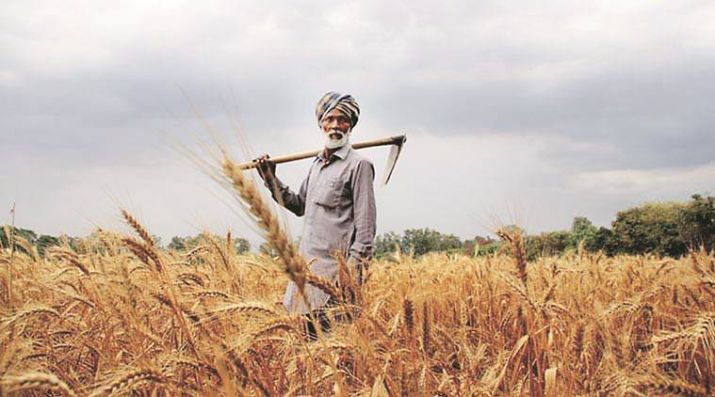On Wednesday, the Indian government revealed a revival plan for its two telecom PSUs -BSNL and MTNL. This comes after months of discussion and consideration of several options which also included a complete shut down of the two telecom PSUs.
The revival package approved by the union cabinet entails merger of MTNL with BSNL, giving a pan-India foot-print to BSNL to take on the challenges posed by more aggressive and agile telecom operators like Airtel, Vodafone and Idea.
The revival plan was cleared in meeting of union cabinet chaired by Prime Minister Narendra Modi. The plan includes raising of Rs 15,000 through sovereign bonds, monetisation of properties and assets worth Rs 38,000 crore in the next four years while the government provides Rs 29,937 crore.
Briefing the media after the decision, Telecom Minister Ravi Shankar Prasad categorically said the government was neither closing down, nor divesting its stake in, BSNL and MTNL.
“BSNL and MTNL are neither being divested or closed,” said telecom minister Ravi Shankar Prasad following a meeting of the Union cabinet.
The revival package also includes offering voluntary retirement from service (VRS) to a sizeable chunk of BSNL and MTNL staff. According to the sources, nearly two-thirds of MTNL staff will be retired if the government reduces the retirement age from 60 years to 58 years and offers an attractive VRS package to aging employees.
According to the industry sources, it was the inherent strength of the BSNL that tilted the balance in its favour as the company came back from the brink of a complete shutdown. BSNL has been recognised as strategically important for the country. The BSNL not only has the largest optical fibre network (OFC) in the country but also has lands and properties at premium locations across the country with an estimated value of over Rs 3 lakh crore.
And despite incurring losses since 2009-10, the BSNL’s loan liabilities were the smallest among the large public and private telecom operators.
Industry sources also adds, BSNL improved its market share, customer base and registered operating profit for three consecutive years – FY 2014-15, 2015-16 and 2016-17 before suffering a setback due to aggressive pricing by Reliance Jio. The public sector telecom giant improved its performance at a time when the telecom sector, in general, was under stress and several companies such as Aircel, Reliance Infocom, Tata Tele Services were either forced to close the operations or opted for mergers and consolidation like Vodafone and Idea.
Looking at such key factors and performance, Telecom minister Ravi Shankar Prasad had also hinted about BSNL’s strategic importance for the country and dispelled the reports about a complete closure of BSNL-MTNL, last week.
“The Union Cabinet approves the proposal for revival of BSNL and MTNL by administrative allotment of spectrum for 4G services, debt restructuring by raising of bonds with sovereign guarantee, reducing employee costs, monetisation of assets and in-principle approval of merger of BSNL and MTNL,” the government said in a statement.
“It is expected that with the implementation of said revival plan, BSNL and MTNL will be able to provide reliable and quality services through its robust telecommunication network throughout the country including rural and remote areas,” the government further said.
Analysts, however, argued that the revival package came too late from the government.
“The announcement has come too late. This should have been done years ago. Both these telcos are bleeding on the operational front. The merger, along with the proposed voluntary retirement scheme (VRS) package, can help contain operational costs, but it may not be sufficient to revive the sagging fortunes,” says A K Prabhakar, head of research, IDBI Capital.














